Celebrating 25 Years of Rhino Protection in Indonesia
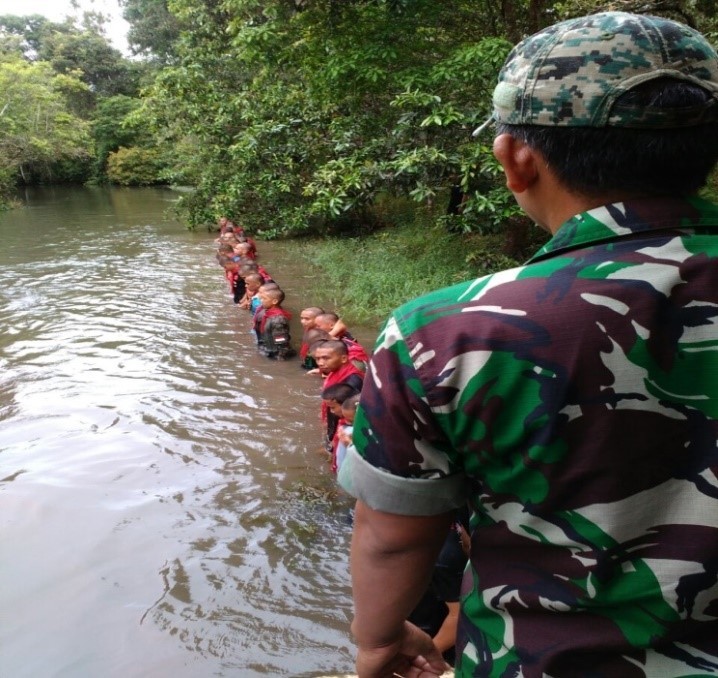
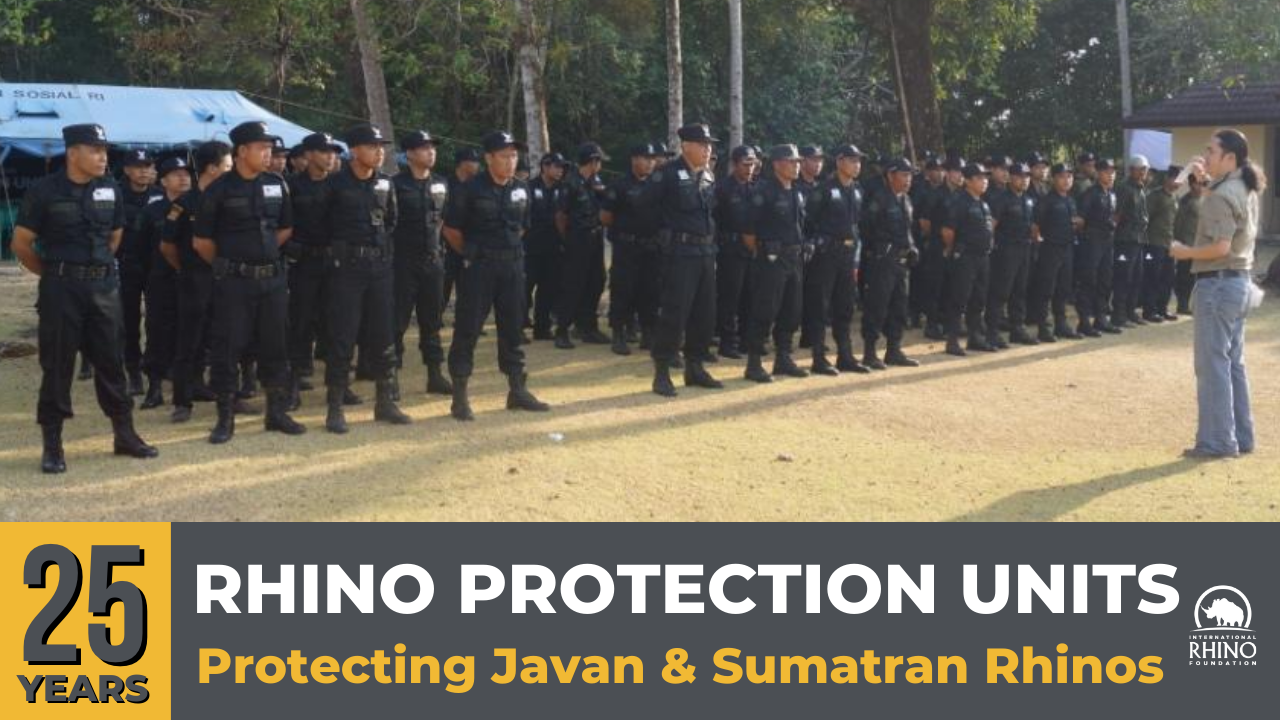
Facing habitat loss, encroachment by humans, and poaching for their horns, something had to be done to protect Indonesia’s two species of rhinos (Javan and Sumatran) from disappearing. On August 31 in 1995, the line was drawn and the first Rhino Protection Units were formed to guard rhinos and other wildlife from poaching threats.
There were many applicants for those first units in Kerinci Seblat National Park in the southwest corner of Sumatra. The program, celebrating 25 years this month, has expanded and RPUs now patrol Sumatra’s Bukit Barisan Selatan and Way Kambas National Parks and Ujung Kulon National Park in Java. Similar Wildlife Protections Units patrol Gunung Leuser in Sumatra as well.
RPUs are highly trained four-person units that patrol key areas of rhino habitat in the national parks. IRF’s on-the-ground partner, the Rhino Foundation of Indonesia (Yayasan Badak Indonesia or YABI), operates the RPU program.

Members are recruited from local communities and even today, there are many applications for any opening. “To work with the RPU is not easy,” said Bahara, a 25-year RPU member. “Many people want to join but not everyone can.”
Recruits undergo a rigorous selection process that includes running, swimming, hiking, and other physical activities. That is followed by an intensive training course that includes classroom instruction, field exercises, and law enforcement practices.
RPUs not only patrol for poachers. They also perform vital monitoring activities, documenting rhino tracks or other signs encountered and any human disturbance to habitat encountered. They also remove snares and other dangers to wildlife encountered on their treks. Evidence is collected for any arrests made and perpetrators are transported to the national park’s headquarters for further processing by civil investigators.
Members joined because they have a passion for wildlife conservation and understand the importance of Sumatran and Javan rhinos to Indonesia. Their favorite thing about the job is seeing or hearing a rhino while on patrol.
“Being RPU is honor for my family and they are proud of me,” said Endin, an RPU member in UKNP for 12 years.
“I like to follow a new fresh footprint of a Javan rhino and it is a challenge for me and the team to find them directly.”
The Javan rhino population, numbering 72 at last count, appears to have stabilized, largely because they are guarded by RPUs. A marine patrol joined the five terrestrial RPUs at the beginning of the year and has already apprehended 218 individuals in the first 6 months of operation for illegal fishing in protected areas. Rhinos often frequent the beaches of UKNP, one was recently captured on camera by the RPU patrolling the area.
The RPUs are also an essential part of a multi-faceted strategy for saving the Sumatran rhino. Numbering less than 80 and living in fragmented populations, the RPUs have been working with additional partners to conduct surveys in Way Kambas National Park for potential capture as part of Sumatran Rhino Rescue. They also recently pitched in to collect camera traps from the field in Bukit Barisan Selatan National Park (BBSNP).
The dedicated individuals of the RPUs and their efforts to protect and monitor the critically endangered rhinos of Indonesia are supported by generous funding from the United States Fish and Wildlife Service.

Since 1997, Bowling for Rhinos (BFR), a fundraising and awareness initiative started by the American Association of Zookeepers (AAZK) 30 years ago, has also provided substantial funding for the program. AAZK chapters all across the US & Canada host an annual BFR event to raise money for rhino conservation, and to-date have raised over $8 million benefiting rhinos and their habitats throughout Asia and Africa.
Funding is also provided by generous Team Rhino donors. It is critical that these protection and monitoring activities continue. Your donation today will keep the boots on the ground and RPUs in the field, protecting rhinos for years to come.
“The Sumatran rhino is a key species, an umbrella species that plays a role for the ecosystem,” said Sinyo Handoko, an RPU member in BBSNP for 16 years. “We need to protect them from extinction.”
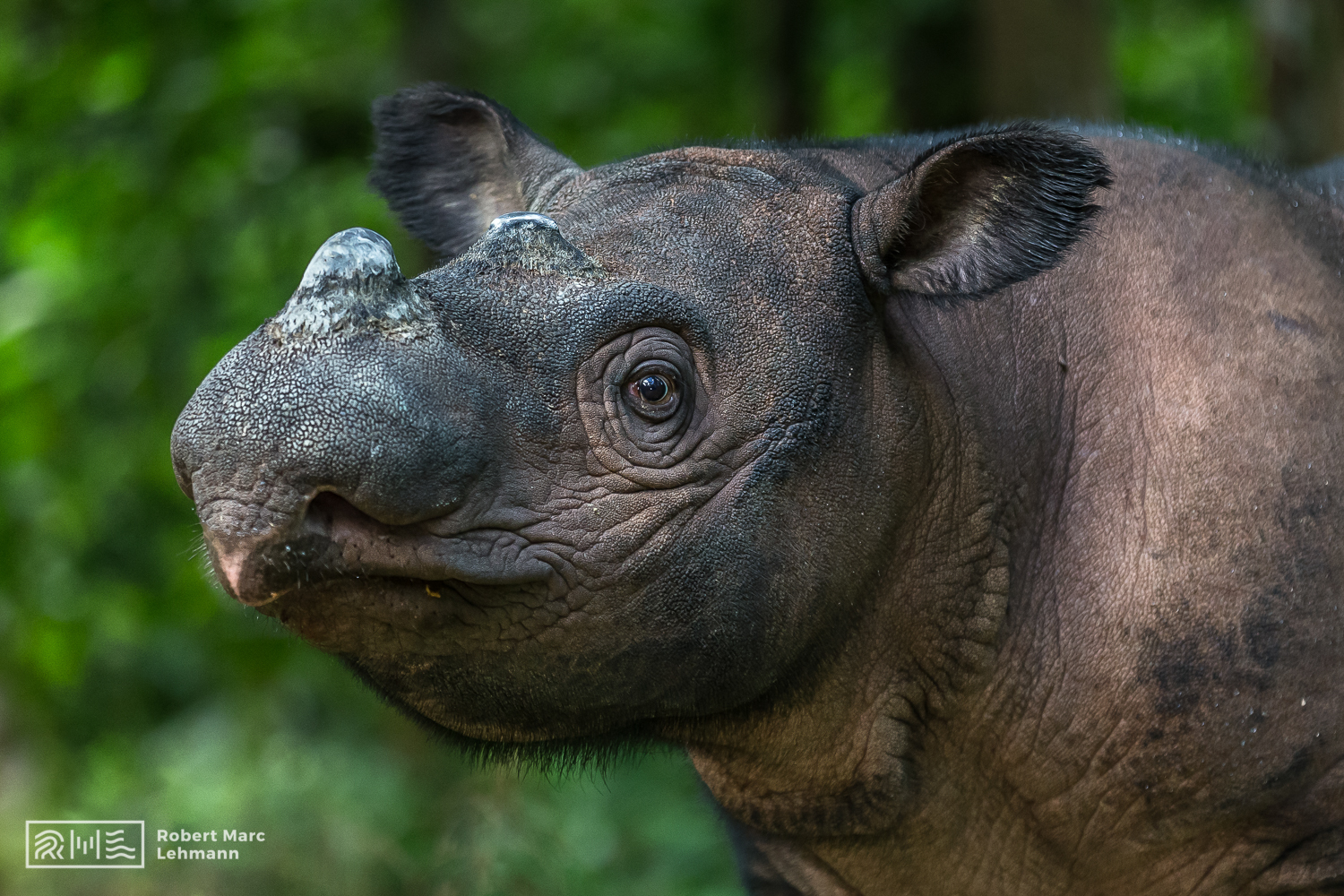

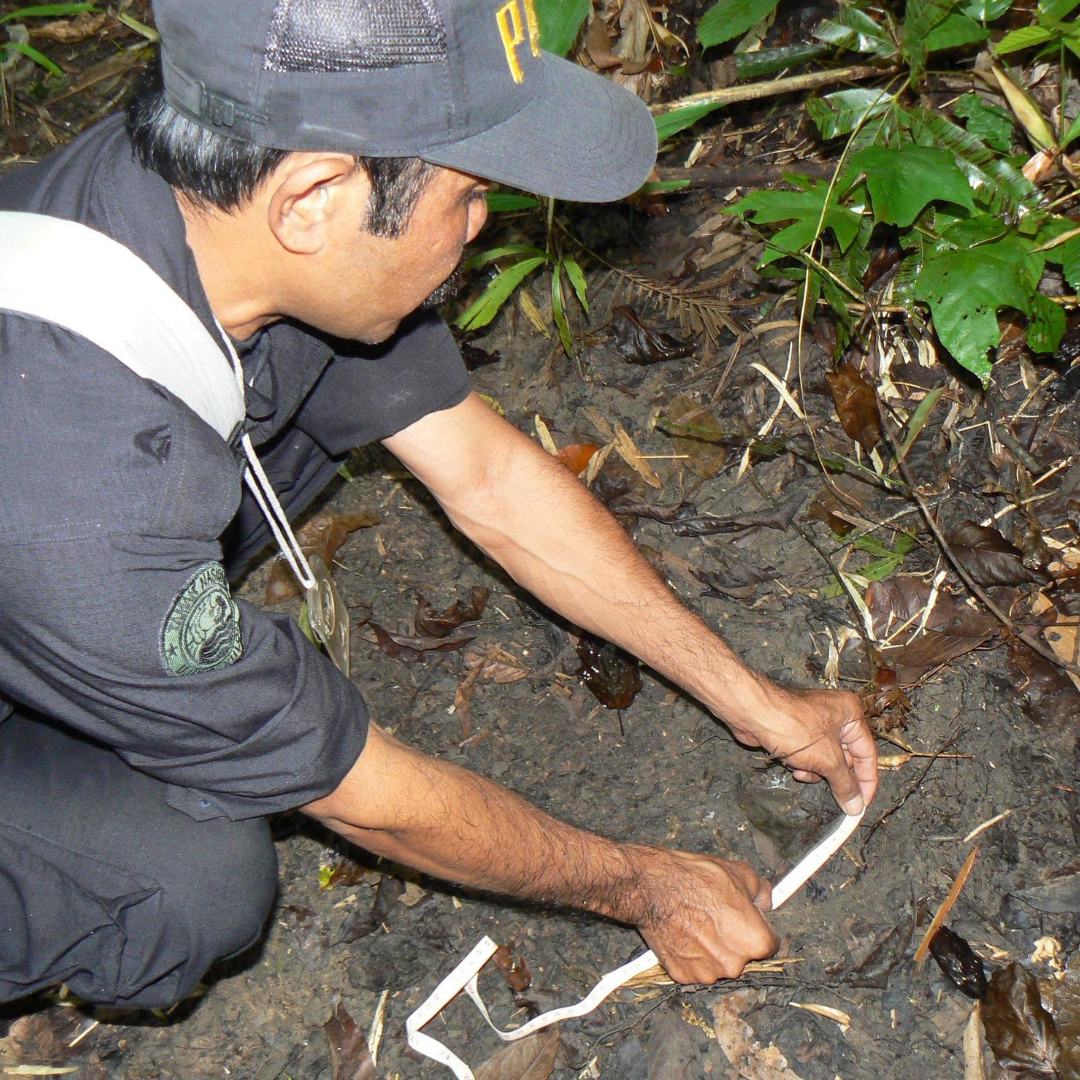
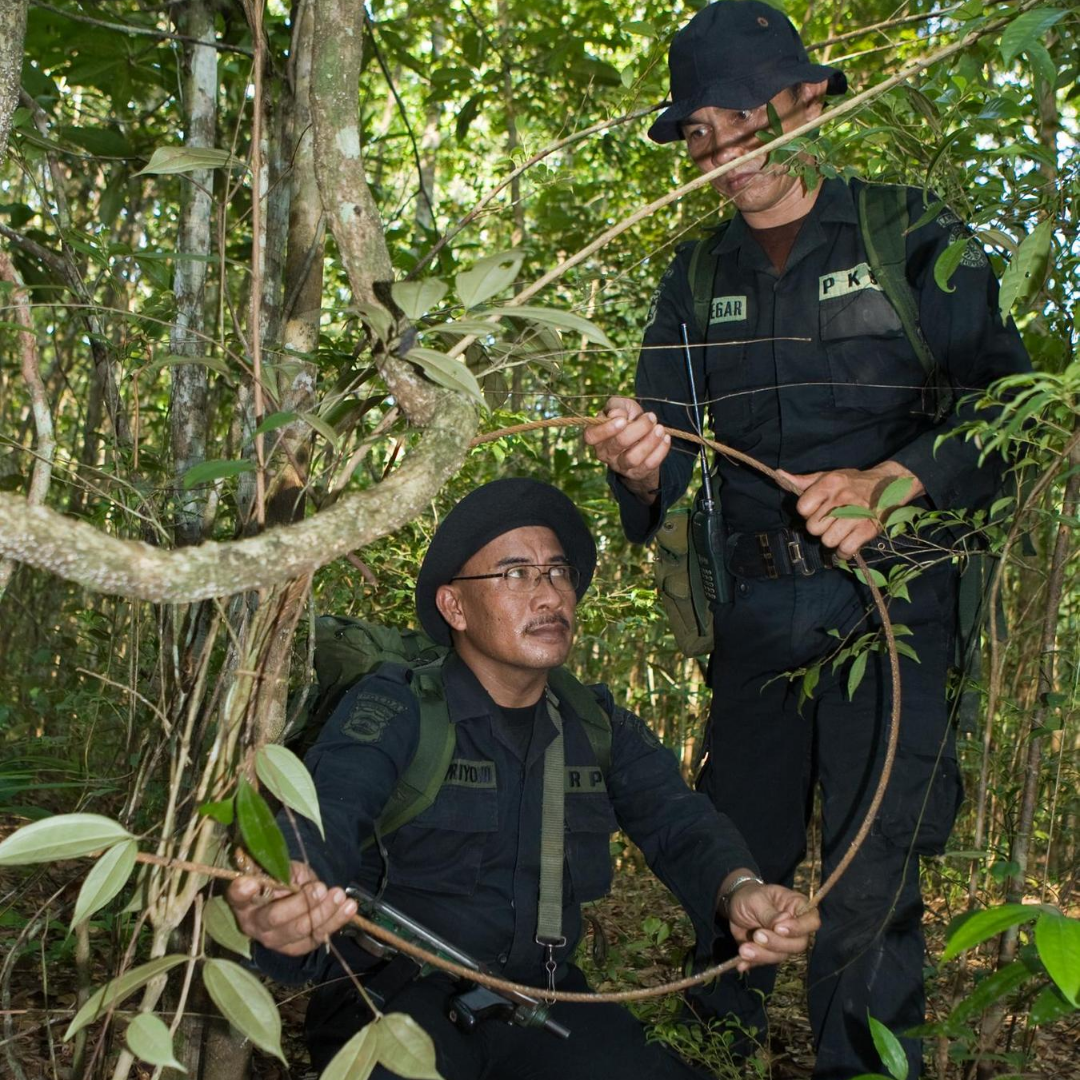
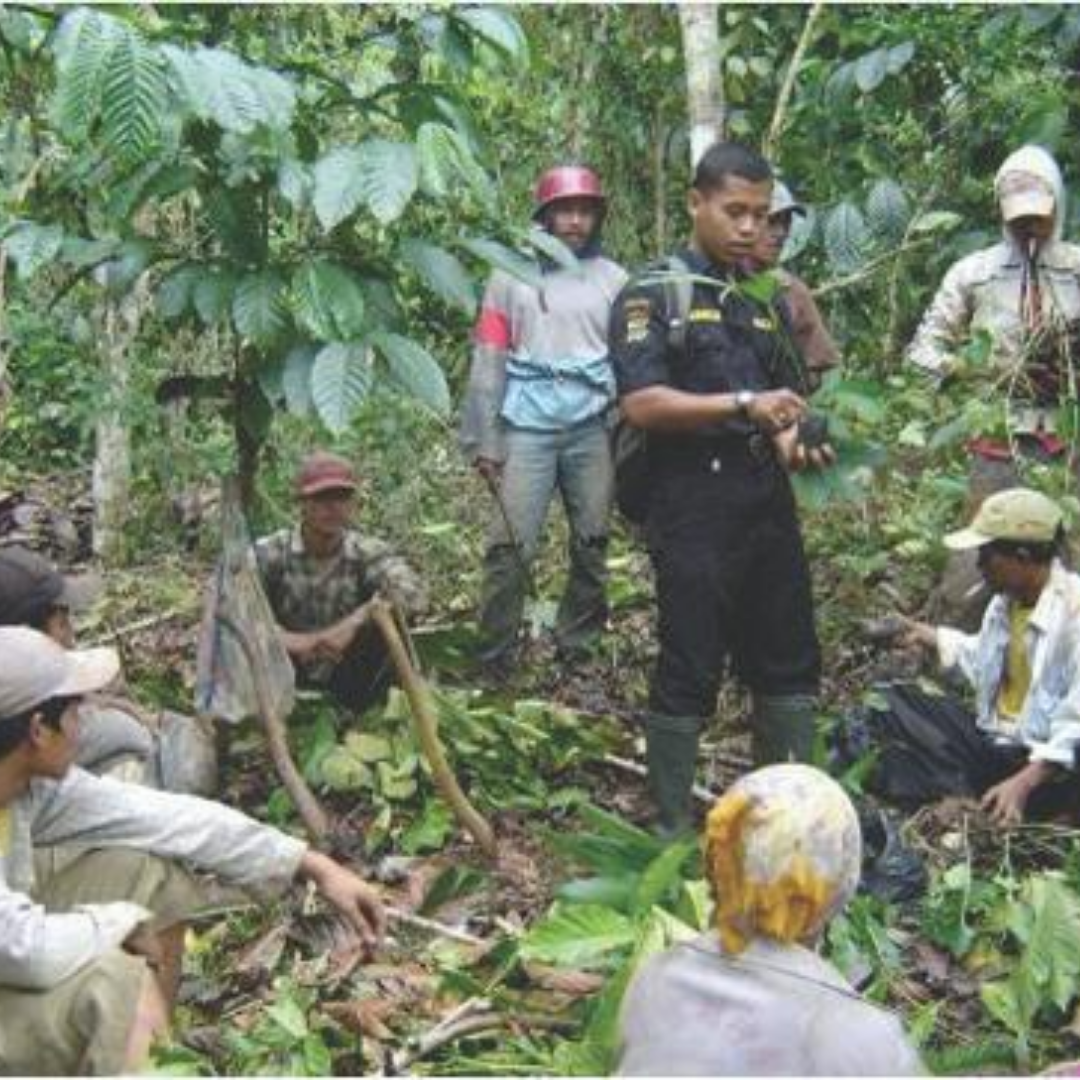
2 thoughts on “Celebrating 25 Years of Rhino Protection in Indonesia”
Apa Kabar.
Well done to all the guys. Even though this ranch in Kenya has 470 white and black rhinos we still have difficulty finding them at times especially the blacks.
Maybe we should start discusssing an exchange program so that your rangers could spend some time being really close to rhinos on a daily basis. Im not too sure of the behavoural patterns of the Indonesian animals but they cannot differ too much, especially from the blacks.
Mike Finch – Newey
Solio Ranch,
Nyeri,
Kenya.
Mob. + 254 722 619906